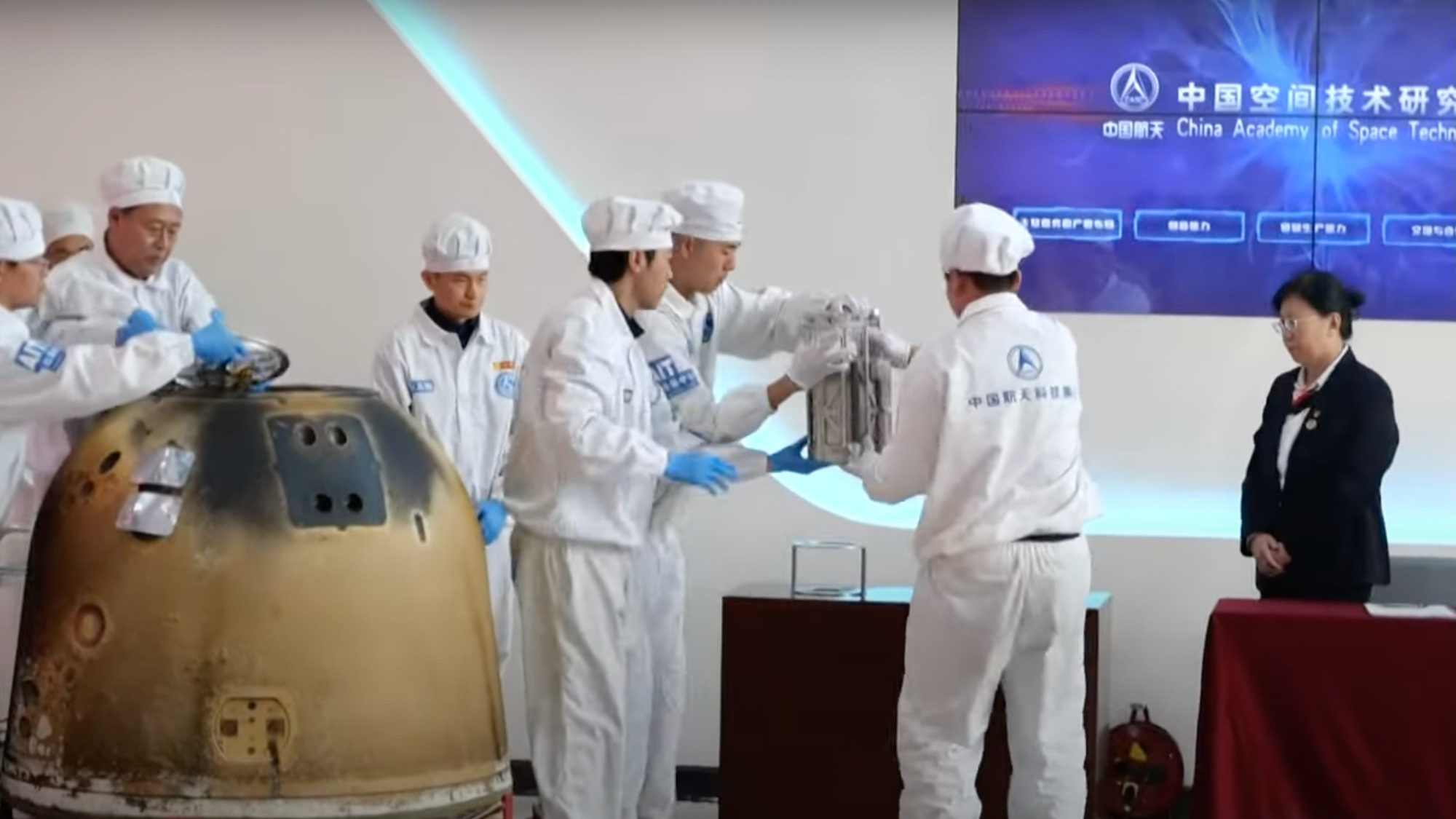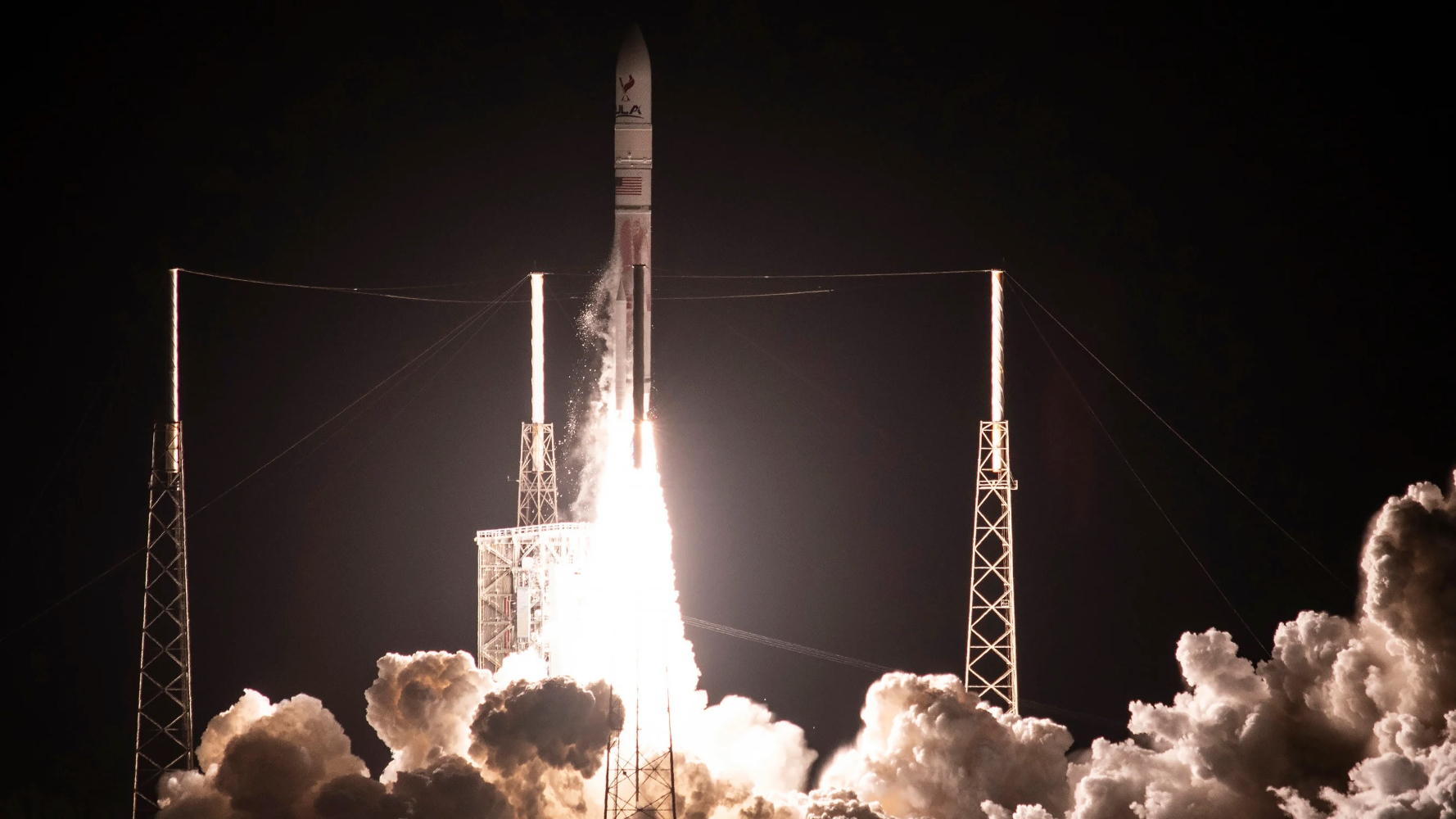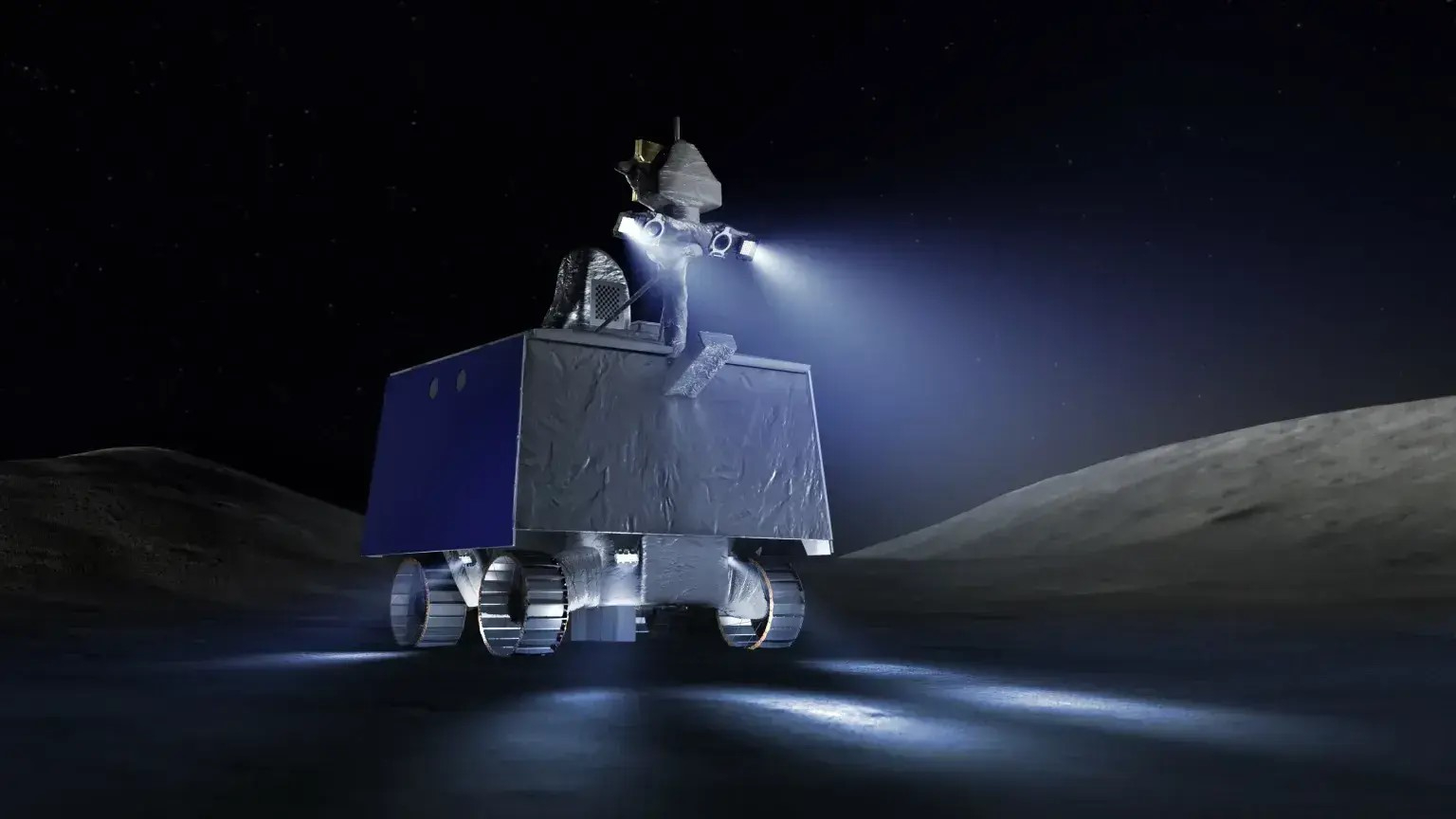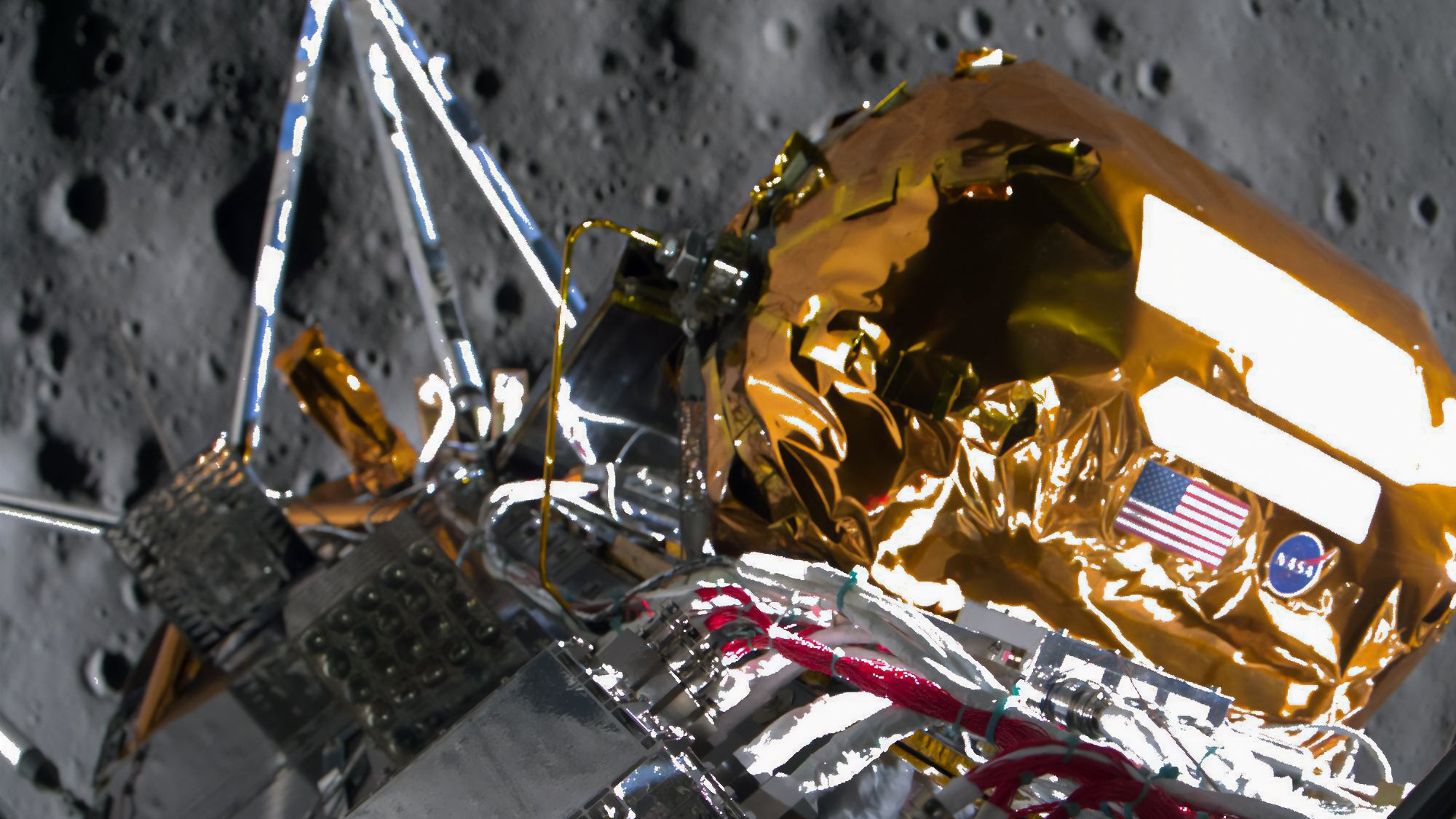Historians will look back on 2024 as a special year for spaceflight.
From SpaceX plucking a huge rocket out of the sky to the first privately funded spacewalk to the launch of a $5 billion mission to study an ice-covered ocean moon, this year held many record-breaking achievements and advances that brought humanity ever closer to exploring the stars.
Here are the top 10 spaceflight stories from 2024.
1) SpaceX makes serious progress with its Starship megarocket
SpaceX made history when it caught the returning first-stage Super Heavy booster from its 400-foot-tall (122 meters) Starship vehicle directly atop the launch mount, effectively furthering the possibilities of reusability in the spaceflight industry.
The historic catch occurred during Starship’s fifth test flight on Oct. 13, and the road to get there was a long one. After two test flights in 2023 — both which ended in explosions — Starship’s Integrated Flight Test-3 (IFT-3) launched from SpaceX’s Starbase site in South Texas on the morning of March 14. The flight saw the world’s most powerful rocket reach orbital speed for the first time.
Starship’s fourth flight, which launched on June 6, saw further improvements, with the Super Heavy booster making a soft splashdown in the ocean. But it was Flight 5 that changed the game for reusable rockets. After lifting off, Super Heavy came back to Starbase, where it was caught in mid-air by the launch tower’s “chopstick” arms, an unprecedented maneuver that almost looked like something out of a sci-fi film.
SpaceX managed one more Starship flight this year, on Nov. 19. While the company planned a repeat of the booster-catching feat, Super Heavy instead splashed down in the Gulf of Mexico, due to a communications issue with the launch tower. This year, SpaceX is eager for more launches, with 25 Starship flights apparently planned for 2025.
2) Pioneering moon landings
This year, we witnessed a pair of moon landings for the history books. On Feb. 15, Intuitive Machines’ hexagonal-cylinder-shaped lander — dubbed Odysseus (of Trojan War fame) — launched on a SpaceX Falcon 9 rocket from NASA’s Kennedy Space Center in Florida.
On the evening of Feb. 22, the robotic lander touched down near the moon’s south pole, making it the first U.S. vehicle to soft-land on the moon since the Apollo 17 mission in 1972. Odysseus was also the first private lander to ever achieve the feat. Onboard were 12 payloads from NASA and commercial companies, designed for a range of tasks on the moon’s surface.
Also this year, Japan became the fifth nation to touch down on the moon, doing so on Jan. 19. The Japan Aerospace Exploration Agency (JAXA)’s robotic Smart Lander for Investigating Moon (SLIM) probe managed to land within 328 feet (100 meters) of JAXA’s planned site. Nicknamed “moon sniper,” SLIM’s precise landing was a significant achievement for a lunar probe.
Despite the moon lander’s precision, SLIM landed upside-down due to an engine failure during the descent. This created an issue for the probe’s solar panels, which were unable to give power to SLIM in the hours following the landing, because they were in a shadow. Although the lander did hibernate for periods, JAXA was able to make contact with SLIM until April, and they finally declared SLIM dead in August.
3) Boeing Starliner’s launches astronauts for the 1st time, and drama ensues
After some delays and scrapped launches, on June 5 Boeing’s Starliner capsule, designed as an astronaut taxi for NASA, launched from Cape Canaveral Space Force Station — the first time humans rode an Atlas rocket into space since Gordon Cooper’s Mercury-Atlas 9 mission in 1963.
The Starliner capsule launched with veteran NASA astronauts Barry “Butch” Wilmore and Sunita Williams, who are both former U.S. Navy test pilots. This was also the first time astronauts launched atop an Atlas V.
After one failed docking attempt, Starliner made it to the International Space Station (ISS) for a June 6 rendezvous, where Wilmore and Williams were scheduled to spend about a week running tests. But Starliner ran into issues with its thrusters, as well as helium leaks that were found after the capsule reached orbit.
NASA and Boeing extended the capsule’s ISS stay to look into the thruster issue. Eventually, NASA decided against having Williams and Wilmore return on Starliner, deeming it too risky. So, on Sept. 7, Starliner returned to Earth — landing at White Sands Space Harbor in New Mexico — without the astronauts onboard, who still remain in orbit on the ISS.
Now, Williams and Wilmore are scheduled to return to earth no earlier than March 2025. The Starliner astronauts will come home aboard a SpaceX Dragon capsule, the one that’s flying the company’s Crew-10 mission.

4) China’s Chang’e 6 mission brings samples home from the moon’s far side
China’s robotic Chang’e 6 mission returned samples from the moon’s far side to Earth for the first time ever this year. Chang’e 6 launched on May 3 from the Wenchang Space Launch Site on the island of Hainan, located in southern China. Consisting of four elements — a lunar orbiter, a lander, an ascender and an Earth-reentry module, the Chang’e 6 moon probe rode a Long March 5 rocket into orbit.
On June 1, the Chang’e 6 lander touched down in the southern pocket of the unexplored Apollo crater in the South Pole-Aitken (SPA) basin to scoop and drill unique samples, which were then transferred to the ascender and shot back up into the moon’s orbit. The next step was transferring the samples between the ascender and its orbital module. The rendezvous was successful, and the two spacecraft docked on June 6, transferred the samples, and then separated again.
Next, the Chang’e 6 orbiter conducted its moon-to-Earth transfer injection maneuver, so the 4.4 pounds (2 kilograms) of lunar samples could come back to Earth. The sample capsule landed June 25 under parachutes in Inner Mongolia’s grasslands. After scientists conducted an initial study of the lunar samples Chang’e collected, they found the samples have a lower density compared to other returned moon material. Further analysis could be important to understanding more about the moon’s origin and evolution.
Related: The moon: Everything you need to know about Earth’s companion

5) SpaceX’s Polaris Dawn private astronaut mission
SpaceX made history with the Polaris Dawn mission, which conducted the first-ever private spacewalk. Backed by billionaire Jared Isaacman, the Polaris Program’s inaugural mission was originally scheduled for an Aug. 26 launch, which was delayed for additional preflight checks, and then delayed again due to unfavorable launch and return conditions.
The mission finally launched on Sept. 10 with the Crew Dragon capsule Resilience riding a Falcon 9 rocket to reach an elliptical orbit around Earth. On the first day of Polaris Dawn’s five-day mission, Resilience reached a maximum altitude of 870 miles (1,401 kilometers) on its first day in space, higher than any other crewed Earth-orbiting spacecraft in history.
Aside from Isaacman, the crew consisted of former U.S. Air Force lieutenant colonel Scott Poteet, the mission’s pilot, and SpaceX engineers Sarah Gillis and Anna Menon. Using new SpaceX-designed spacesuits, Isaacman partially exited Resilience for a spacewalk on Sept. 12, followed by Gillis a few minutes later.
The mission also completed science and engineering experiments, including testing the internet in space by communication with SpaceX’s Starlink network. On Sept. 15, the Polaris Dawn crew capsule splashed down safely off Florida’s coast in the Gulf of Mexico. During the mission, Gillis and Menon set the record for highest-flying women, breaking the previous record set by NASA astronaut Kathryn Sullivan during the STS-31 space shuttle mission in 1990.
6) Europa Clipper launches toward Jupiter’s intriguing ocean moon
NASA’s highly anticipated Europa Clipper mission to the icy Jupiter ocean moon Europa launched Oct. 14, riding a SpaceX Falcon Heavy rocket into the sky from Kennedy Space Center in Florida. The $5 billion Europa Clipper represents years of work and ambition to find out if the far-off moon could possibly support life.
Scientists think that a liquid ocean of saltwater sits beneath Europa’s surface of ice. The solar-powered orbiter — which is one of the most sophisticated spacecraft ever built — will be the first to investigate the habitability of an ocean world. After using the gravity of Mars and Earth as a slingshot, Europa Clipper is targeted to reach its destination in 2030 after traveling 1.8 billion miles (2.9 billion kilometers).
U.S. Poet Laureate Ada Limón wrote a poem, which is engraved in the poet’s handwriting on the spacecraft’s vault plate, to commemorate the occasion. In November, the orbiter successfully deployed two scientific instruments, the magnetometer’s boom and antennas for Europa Clipper’s radar instrument, which will remain extended for the duration of the journey to the Jupiter moon.
7) Mars helicopter Ingenuity says goodbye
The robotic helicopter landed on Mars with NASA’s Perseverance rover in February 2021, tasked with completing five technology-demonstrating flights on the Red Planet. Seventy-two flights later, NASA finally said goodbye to Ingenuity on April 16 of this year after its rotors sustained damage during a hard landing on the rough Martian terrain.
The 4-pound (1.8 kg) Ingenuity became the first aircraft to ever fly on the Red Planet, which is no small feat considering Mars’s thin atmosphere. After it became clear that the rotocopter would outlast five flights and its mission was extended, Ingenuity began serving as a scout for Perseverance.
Ingenuity proved that drones could fly in Mars’ atmosphere, paving the way for potential future Martian aircraft. And even though the helicopter is no longer airborne, its avionics battery sensors remain functional. On Dec. 11, mission team members said that Ingenuity can live a second life as a kind of weather station by recording telemetry and taking images to store onboard.
Related: After accident on Mars, NASA’s Ingenuity helicopter could live on as a weather station for 20 years

8) ULA debuts its powerful new Vulcan Centaur rocket
This year saw the first two certification launches for United Launch Alliance’s (ULA) new Vulcan Centaur rocket, which is outfitted with a pair of BE-4 first-stage engines built by Blue Origin. With the goal of replacing ULA’s older Atlas and Delta rockets, Vulcan Center made its first liftoff on Jan. 8 from Cape Canaveral Space Force Station. It carried a robotic lunar lander called Peregrine, which was built by the Pittsburgh company Astrobotic.
While the launch went off without a hitch, Peregrine ran into trouble due to a faulty helium pressure control valve and never made it to the moon. The lunar lander wandered through space for more than a week before being steered back for a controlled destruction in Earth’s atmosphere.
Vulcan’s second certification launch, which occurred on Oct. 4, flew without a paying customer. A little over 30 seconds after the rocket lifted off, a nozzle on one of Vulcan’s solid rocket boosters (SRBs) malfunctioned, causing the rocket to veer, before the main engines corrected the course and the rocket successfully completed its flight. Next, Vulcan will fly its first national security mission for the U.S. Space Force, which is currently scheduled for early 2025.
The new Ariane 6 heavy-lift rocket for the European Space Agency (ESA) also launched for the first time this year, on July 9 from Europe’s Spaceport in Kourou, French Guiana. The Ariane 5 was retired about a year before the first Ariane 6 launch, which left Europe unable to launch big satellites on a rocket of its own for a spell.

9) NASA cancels VIPER moon rover mission
NASA’s Volatiles Investigating Polar Exploration Rover (VIPER) was set to raise the bar for lunar exploration by showcasing what AI could do in space. The mission plan was for the robotic VIPER to land near the moon’s south pool to search for water and other resources to support the astronauts who will visit the moon’s surface during NASA’s Artemis missions.
However, the science world was shocked when NASA cancelled the VIPER mission, a decision the agency announced on July 17. The decision to end the VIPER project came down to budgetary concerns, even though it had been successful up to the announcement. After spending around $450 million on the program, NASA chose to pull the plug. NASA expected to save on development costs to the tune of $84 million by stopping the lunar lander project.
After the decision, NASA has looked to see if other organizations are interested in using the rover as-is. Another option, NASA said, is to reuse the lunar lander’s scientific instruments and components for other moon missions in the future. So, while VIPER’s original mission is gone, the lunar lander may live on in some other form.

10) Oleg Kononenko breaks record for most time spent in space
Soviet and Russian cosmonauts have spent a long time in space. They hold all of the top five slots in the most-total-time-in-space list. And this year, 60-year-old Valery Polyakov broke the record with 1,1110 days in space — by far the most total time spent off Earth by any human in history. Polyakov also holds the record for most consecutive days in space. In the mid-1990s, he spent 438 days on Russia’s Mir space station.
The record for most people in Earth orbit at one time — 19 — was also set this year, on Sept. 11, when three people launched on a Russian Soyuz capsule to the ISS. This broke the previous record of 17 people in orbit, which was notched in May 2023.
Article by:Source





















